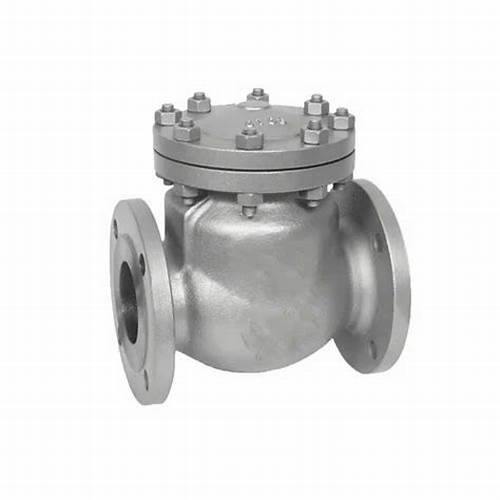high pressure pipe fittings
High Pressure Pipe Fittings An Essential Component in Industrial Applications
High pressure pipe fittings play a critical role in various industrial applications, specifically in systems where fluids must be transported at elevated pressures. These fittings, designed to withstand high pressure and temperature conditions, are essential in ensuring the safety and efficiency of piping systems across a multitude of industries, including oil and gas, chemical processing, power generation, and water treatment.
Understanding High Pressure Pipe Fittings
High pressure pipe fittings are mechanical components that connect, terminate, or change the direction of piping. They are typically made from robust materials like stainless steel, carbon steel, or special alloys that can tolerate high pressure and corrosive environments. Common types of high pressure fittings include elbows, tees, couplings, adaptors, and flanges. Each of these fittings is engineered to maintain structural integrity and prevent leaks under demanding conditions.
Importance of Material Selection
The selection of appropriate materials is paramount in the design of high pressure pipe fittings. Materials must exhibit high tensile strength, corrosion resistance, and durability to ensure that they can handle the stresses imposed by high-pressure scenarios. Stainless steel, for instance, is widely used due to its excellent corrosion resistance and ability to withstand high temperatures, making it a preferred choice for chemical and petrochemical industries.
Alloy fittings, such as those made from Inconel or Monel, are often employed in extreme environments where traditional materials may fail. These alloys can withstand not only high pressure but also aggressive chemicals, ensuring longevity and reliability of the piping system.
Applications of High Pressure Pipe Fittings
high pressure pipe fittings

High pressure pipe fittings are utilized in various applications across different industries. In the oil and gas sector, they are essential for transporting crude oil and natural gas from extraction sites to refineries and distribution points. The fittings must endure harsh environments, including fluctuating pressures and temperatures, making durability a priority.
In the chemical processing industry, high pressure fittings support systems that process a variety of chemicals under pressure. These systems require fittings that can handle not just high pressures but also reactive chemicals. Specialized coatings and linings may be employed to enhance the fittings' resistance to corrosion and wear.
Power generation facilities also rely heavily on high pressure fittings in steam and gas systems, where they must withstand extreme heat and pressure. Additionally, high pressure fittings are crucial in water treatment plants, where they facilitate the transport of water through various filtration and treatment systems under pressure.
Safety Considerations and Standards
Given the potential hazards associated with high pressure systems, safety is of utmost importance. High pressure fittings must meet stringent industry standards and regulations to ensure safe operation. These standards vary by country and industry but often include specifications set by organizations like the American Society of Mechanical Engineers (ASME) and the American National Standards Institute (ANSI).
Regular inspection and maintenance of high pressure fittings are also critical to ensure their integrity and performance. Companies must implement rigorous testing protocols to identify signs of wear, corrosion, or potential failure. This proactive approach helps avert catastrophic failures that could result in environmental damage, financial loss, and even loss of life.
Conclusion
High pressure pipe fittings are vital components in the infrastructure of many industries, providing safe and efficient connections in high-pressure environments. Their design, material selection, and adherence to safety standards are crucial factors that determine the overall reliability of piping systems. As industries continue to evolve and demand greater efficiency and safety in their operations, the role of high pressure pipe fittings is more important than ever. Investing in quality fittings and regular maintenance will not only enhance operational performance but also contribute to a safer working environment.
-
The Versatility of Ball Valves in Fluid Control SystemsNewsJun.10,2025
-
The Practical Benefits of Centerline Butterfly ValvesNewsJun.10,2025
-
The Benefits of Bellows Seal Globe Valves for Industrial SystemsNewsJun.10,2025
-
The Advantages of Offset Butterfly ValvesNewsJun.10,2025
-
Ductile Gate Valves: Strong, Reliable, and Essential for Every SystemNewsJun.10,2025
-
Cast Iron Gate Valves: A Reliable Solution for Every SystemNewsJun.10,2025
-
Why Choose a Brass Gate Valve for Superior Performance and DurabilityNewsMay.09,2025




